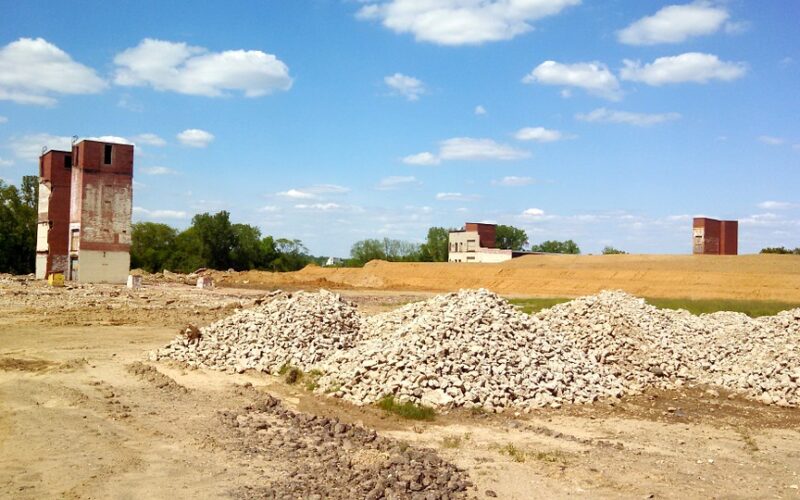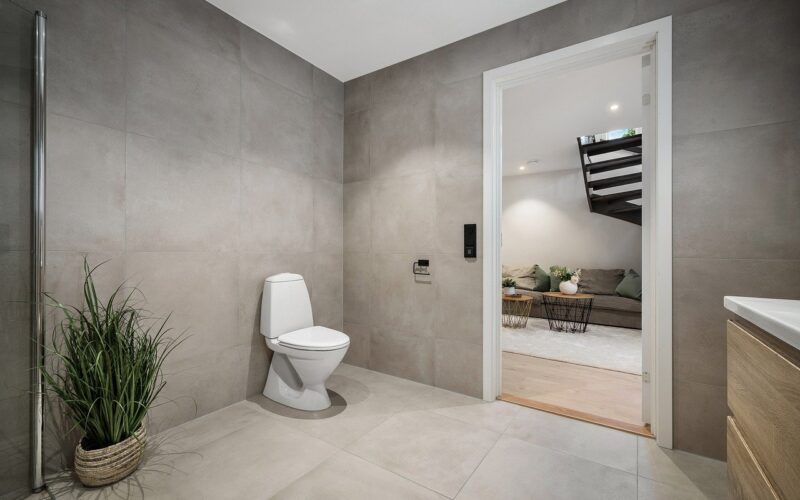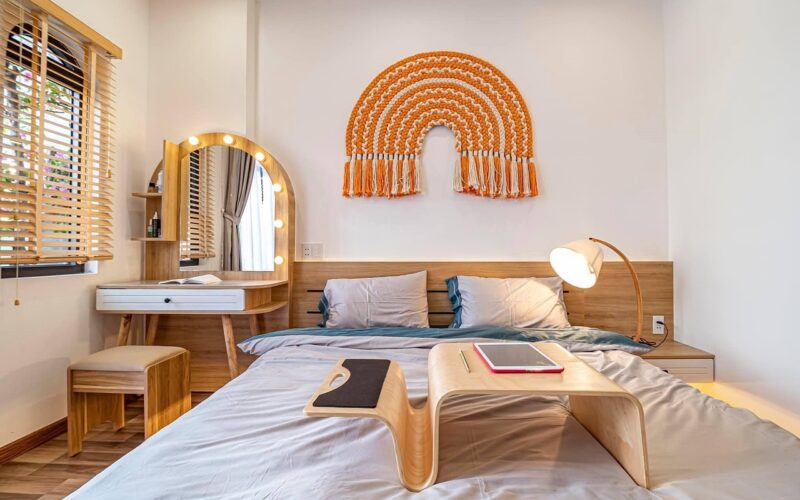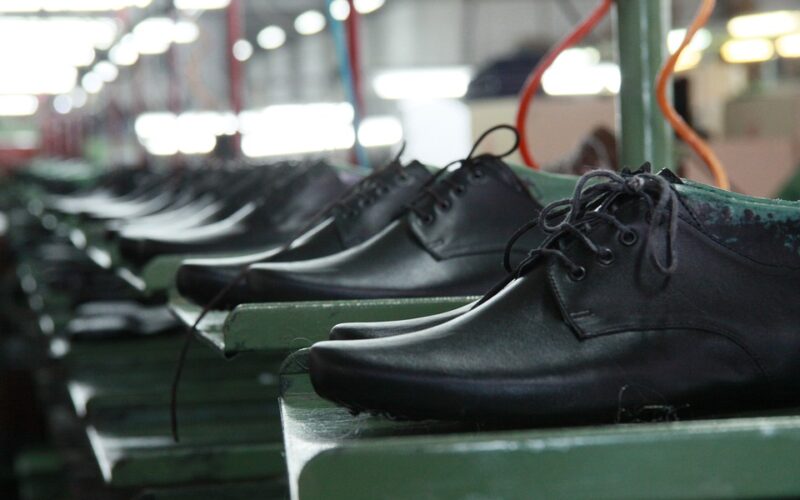As we continue to build and expand, it's important to consider the impact that our decisions have on the environment.
By choosing eco-friendly solutions, we can reduce our carbon footprint, save resources, and provide sustainability for future generations. Some great options to consider include solar power, grey water systems, insulation, and heat source pumps.
Not only do these solutions promote recycling and energy efficiency, but they can also save you money in the long term through reduced energy bills.
Whether you're building a new home or renovating an existing one, take the time to explore eco-friendly options and make a positive impact on the world around you.
Eco-friendly solutions in building decisions
As individuals and businesses become more conscious of their impact on the environment, eco-friendly solutions are becoming an essential consideration in building decisions.
These solutions offer numerous benefits, including improving indoor air quality, reducing energy consumption, and minimising waste. Incorporating green practices into construction can also lead to cost savings over time, making them a financially responsible choice.
Additionally, eco-friendly buildings are often seen as attractive to prospective renters and buyers, providing an advantage in a competitive marketplace.
Choosing environmentally-friendly options in building decisions can have significant positive implications for both the planet and those who occupy the space.
Harnessing free energy from the sun
Solar power is emerging as a popular solution that not only helps reduce carbon emissions, but also generates free energy that can power buildings.
Harnessing the power of the sun is becoming more and more accessible to everyone, with innovative technologies that make solar power systems more cost-effective and efficient. It is now a viable option for builders and property owners who want to take advantage of the benefits of sustainable energy.
As we shift towards a greener future, solar power is a vital step in building decisions that can contribute to reducing our carbon footprint and creating a cleaner environment.
Grey water systems
As global populations continue to grow, it has become increasingly important to conserve and protect our natural resources. One such resource that we can take action to preserve is water.
By implementing grey water systems, we can reuse waste water for non potable purposes in building decisions. These systems treat and redistribute grey water from sinks, showers, and laundry to be used for irrigation and toilet flushing. Not only does this reduce waste, it also lowers water bills and eases demands on municipal water systems.
Grey water systems are a responsible and effective way to conserve our precious water resources, and should be considered in all new building projects.
Water filtration media for grey water systems
Water filtration media plays an important role in grey water systems, allowing for the removal of contaminants and ensuring the efficient reuse of water.
One common type of filtration media is silica sand, which effectively removes larger particles and debris from the water. However, recycled glass can also be used as a sustainable and eco-friendly alternative. The benefits of using recycled glass extend beyond its environmentally-friendly properties, as it has been found to achieve higher levels of filtration compared to silica sand.
If you're considering using silica sand or recycled glass as your water filtration media, it's important to choose a reputable silica sand supplier to ensure the quality of the product.
Reducing heating and cooling Costs
Insulating your home or building can play a significant role in reducing heating and cooling costs.
When considering insulation, it is important to choose the right type to fit your needs and budget. Additionally, proper installation is essential to ensure maximum efficiency and energy savings. Proper insulation can lead to a more comfortable living or working environment, as well as a lower impact on the environment.
Making insulation a priority in building decisions can save on energy costs in the long run and contribute to a more sustainable future.
Heat source pumps
One of the biggest challenges facing the world today is how to meet our energy needs while also protecting the planet.
As the demand for energy continues to rise, there is a growing emphasis on utilising renewable sources of energy.
Heat source pumps, in particular, offer an exciting solution for building decisions. These pumps work by transferring heat energy from the air or ground into a building, providing a highly efficient means of heating and cooling. Not only do they reduce our carbon footprint, but they can also save homeowners money on their energy bills in the long run.
With the increasing availability of renewable energy sources, including solar and wind power, the future looks bright for heat source pumps and other sustainable technologies.
Life cycle cost analysis
Life cycle cost analysis is a powerful tool that enables building decision makers to make informed choices and invest in green solutions for long-term savings.
As climate change continues to impact the world, it has become essential to devise eco-friendly solutions that reduce the carbon footprint of buildings. With life cycle cost analysis, decision makers have the ability to evaluate the economic benefits of investing in sustainable solutions that have a long-term impact.
y making the right decisions; investing in energy-efficient buildings, low-carbon materials and renewable energy sources, we can achieve significant savings in the long run and contribute to a better world for future generations.
So, if you're looking for an effective way to save money in the long run while minimising your building's carbon footprint, life cycle cost analysis can help you achieve both goals simultaneously.











